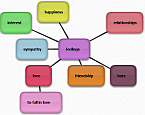Project Cost Estimation Tools Reviewed: Pros, Pitfalls & Best-Fit Scenarios [2026 Guide]
We want to show you when they shine, where they fall short, and whether they’re worth a trial. Useful for cost estimators, PMs, project controls professionals, and stakeholders involved in cost estimation
















